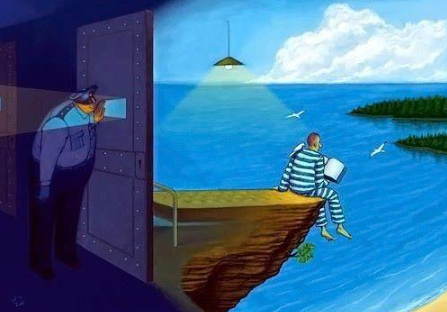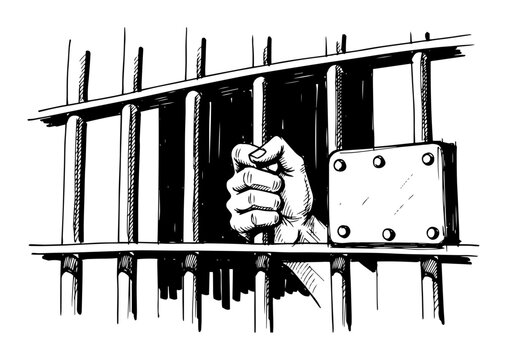Frida Kahlo: The power to turn pain into beauty
- Lucrezia Ferrà

- 10 oct.
- 2 min de lecture
When another person’s life becomes an inspiration and a tool for growth
There are stories that transcend time and place. Stories that keep speaking to us even when their authors are long gone. Frida Kahlo’s life is one of them: a story of pain and rebirth, of identity and freedom, of vulnerability transformed into strength.

Born in 1907 in Coyoacán, Mexico, Frida’s life was marked by illness, a devastating accident, and a body that never ceased to hurt. Yet her response was not silence; it was art. Through painting, she narrated her pain and, in doing so, changed its meaning: she turned wounds into language, pain into possibility, and fragility into identity.
Her self-portraits are not mere aesthetic exercises; they are visual narratives of the self, attempts to bring order to the chaos of experience and to find meaning in what cannot be changed. By telling her story, Frida constructs herself. By listening to her story, we learn something about ourselves.
Why do other people’s stories inspire us?
The inspiring power of stories like Frida’s has deep roots in psychology, education and narrative theory. According to Jerome Bruner, stories are not simply ways of remembering; they are ways of making sense of experience. Through narrative, we build our identity, connect events, and give coherence to our lives. According to Ricoeur, narrative identity is also an ethical resource, as it allows individuals to reconcile with their past and consciously plan for the future.
Neuroscience confirms what philosophy has long suggested: when we listen to a story, our brain activates the same emotional and cognitive circuits as if we were living it ourselves. In educational settings—particularly in contexts of vulnerability, such as prisons—this process becomes transformative. Recognizing oneself in another’s story helps to rebuild personal identity, to turn shame into meaning, guilt into responsibility, and the past into possibility.
Frida as a universal symbol of resilience and self-awareness
Frida Kahlo has become a global icon of resilience, identity, and freedom of expression. She never hid her pain; she made it visible, giving voice to what many cannot express. In her art, suffering is not erased or denied; it is embraced and transformed into knowledge. This reflects the educational philosophy of Stories4Wings: beginning from lived experience - even the most painful- to rediscover meaning, direction, and a renewed sense of self. Frida reminds us that freedom is not the absence of pain, but the ability to give meaning and form to our experience. Her story speaks to everyone who seeks to rise again — inside and outside of walls — reminding us that every life, even the most wounded, can create beauty and inspire others.
Stories as tools for transformation
Within the European project Stories4Wings, designed for educators working in prison contexts, life stories such as Frida’s become tools for transformative learning. Reflecting on inspiring biographies helps explore universal values such as self-awareness, critical thinking, active citizenship, and resilience. To listen, to write, to tell: these are simple acts, but deeply human ones. And, as Frida taught us, every time we give words to a wound, we give it a new shape, a shape that can fly. “Feet, what do I need you for when I have wings to fly?”






I really connected with this post. As a Mexican, Frida Kahlo has always been a symbol of strength for me. She showed the world how pain can become beauty, and how resilience can be turned into art. Her courage still inspires us to transform even our hardest moments into something meaningful.
Nice article! I love how it shows that Frida Kahlo transformed her pain into art and meaning, turning her struggles into a universal message of resilience. It’s amazing to see how personal stories can teach us about identity, growth, and the power of reflection.